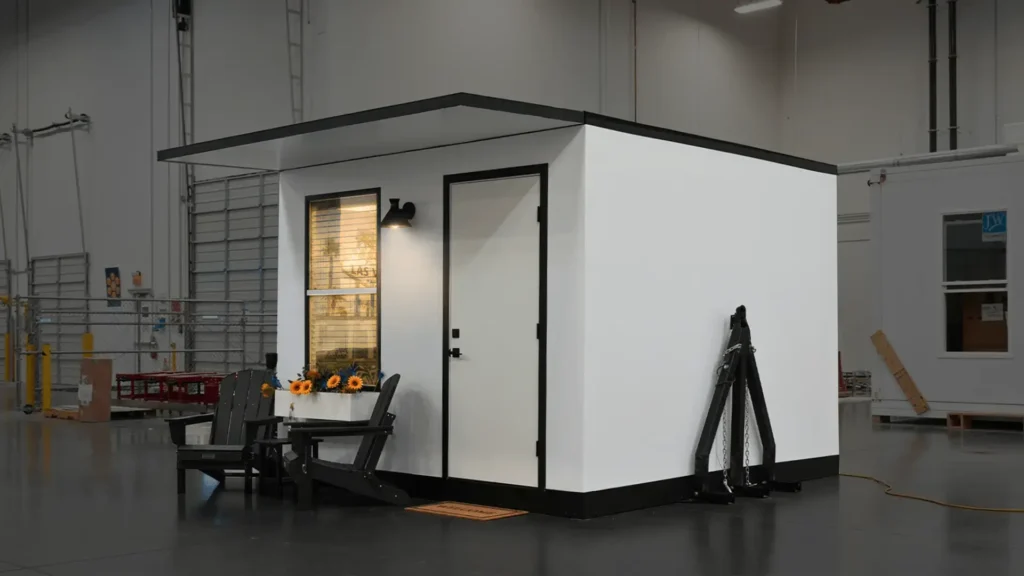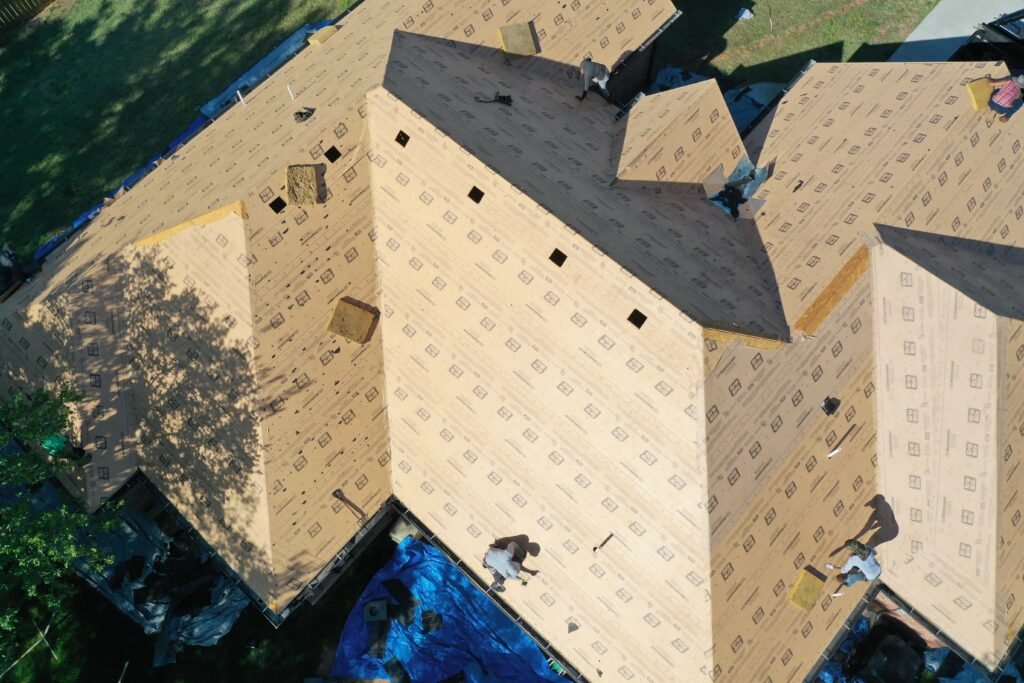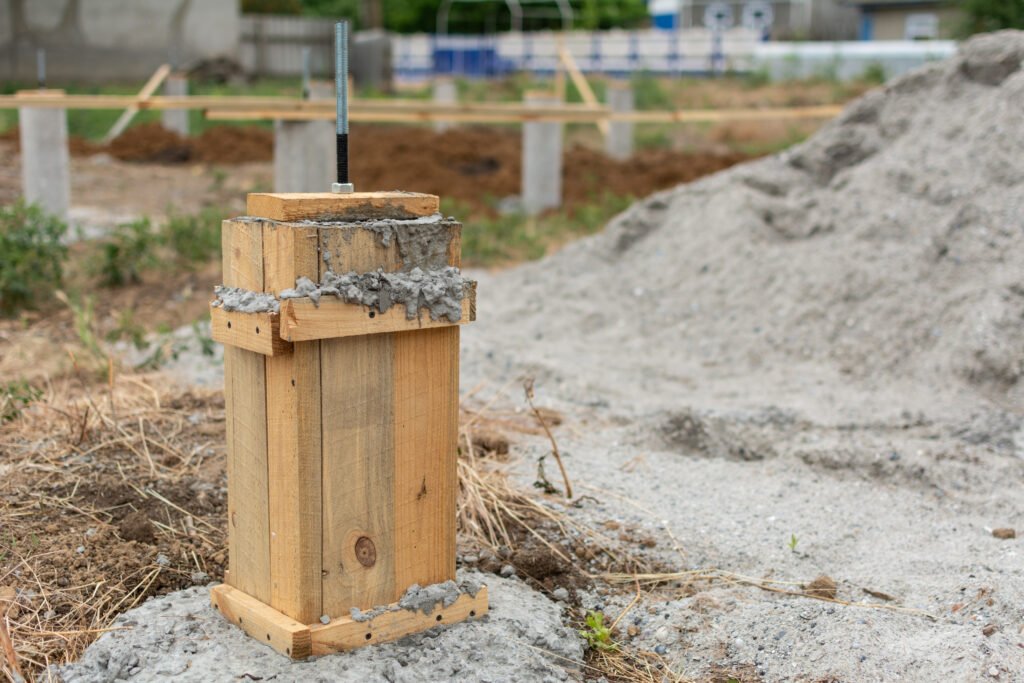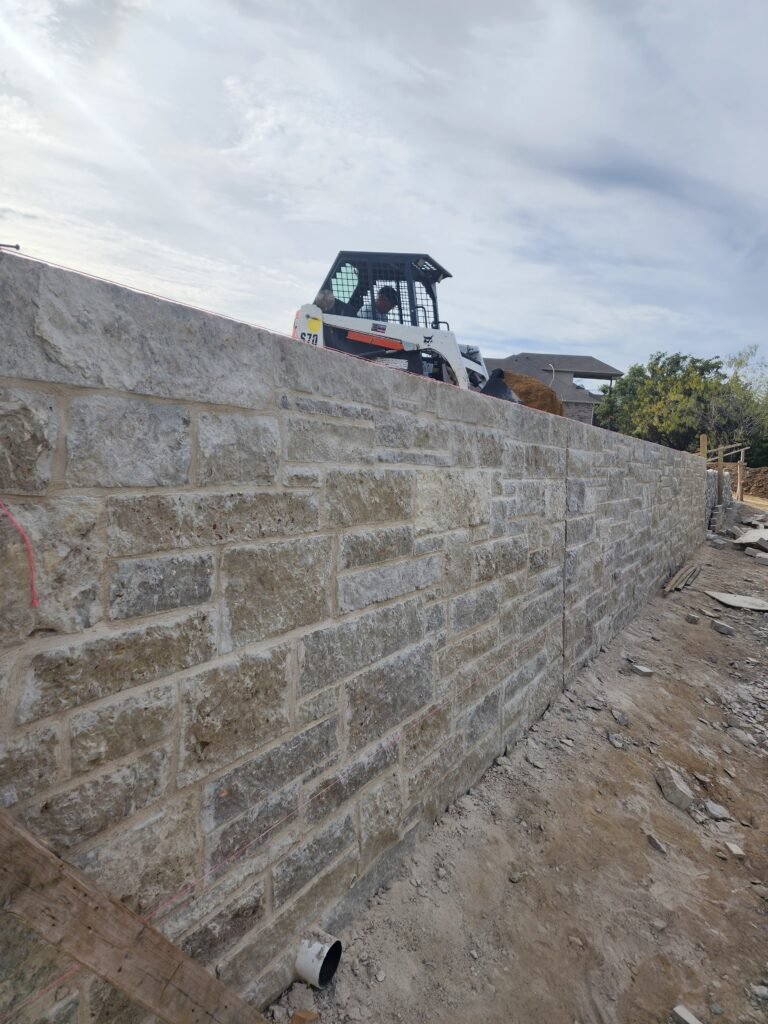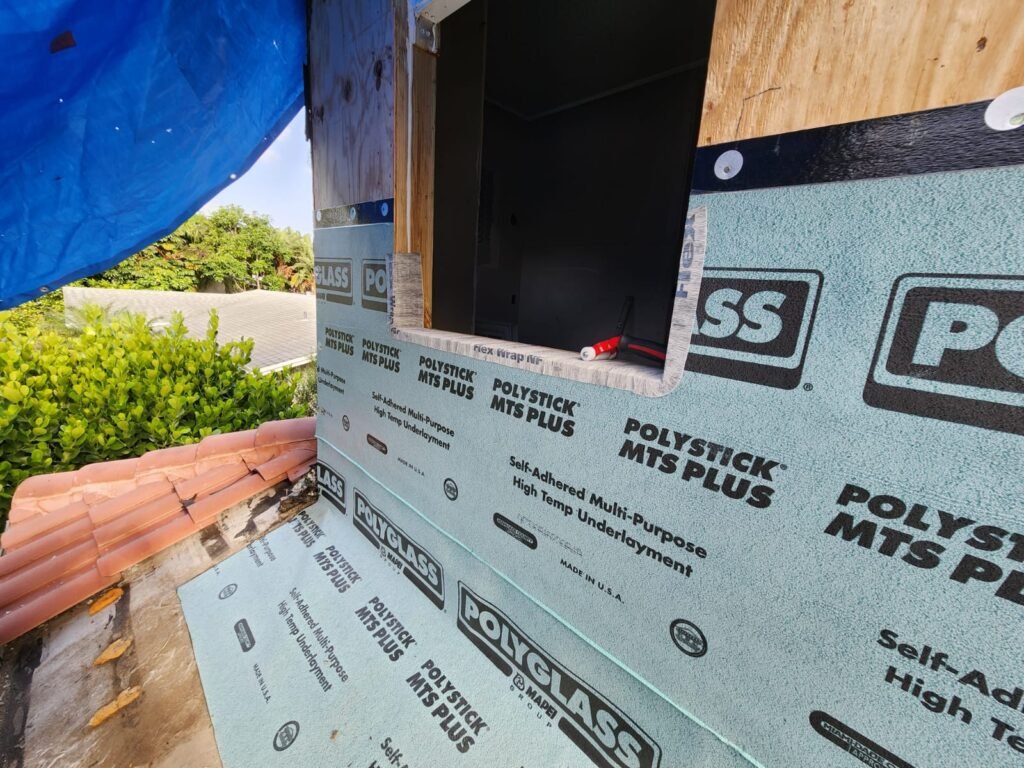Streamline Your BABY BOX Setup with Professional Engineering Services
Congratulations on your new BABY BOX—a compact, mobile living space designed for modern lifestyles. Whether you’re planning to tow your BABY BOX with a pickup truck or establish a permanent residence, ensuring a solid foundation and navigating the permitting process are crucial steps for a successful setup. Our expert engineering services are here to help you every step of the way. Comprehensive Engineering Support and Assistance Navigating the complexities of site planning and obtaining the necessary permits can be daunting. Our experienced engineers specialize in creating tailored site plans and engineered foundation specifications that maximize the functionality and aesthetic appeal of your space. We work closely with local authorities to streamline the permitting process, ensuring that your BABY BOX complies with all zoning regulations and building codes. Our Engineering Services Include: Foundation Solutions for Mobile and Permanent Setups Whether you prefer the flexibility of a trailer-based setup or the stability of a permanent foundation, our engineering team provides robust solutions to suit your needs. Trailer-Based Foundations: Permanent Foundations: Why Choose Our Engineering Services? Get Started Today Transform your BABY BOX into a comfortable and compliant living space with our professional engineering services. Whether you need assistance with site planning, permitting, or engineered foundation design, our team is dedicated to making your transition smooth and hassle-free. Ready to build your Casita? Contact Oasis Engineering for foundation engineering services tailored to your site. Let us design the perfect foundation to bring your dream home to life.
Streamline Your BABY BOX Setup with Professional Engineering Services Read More »

